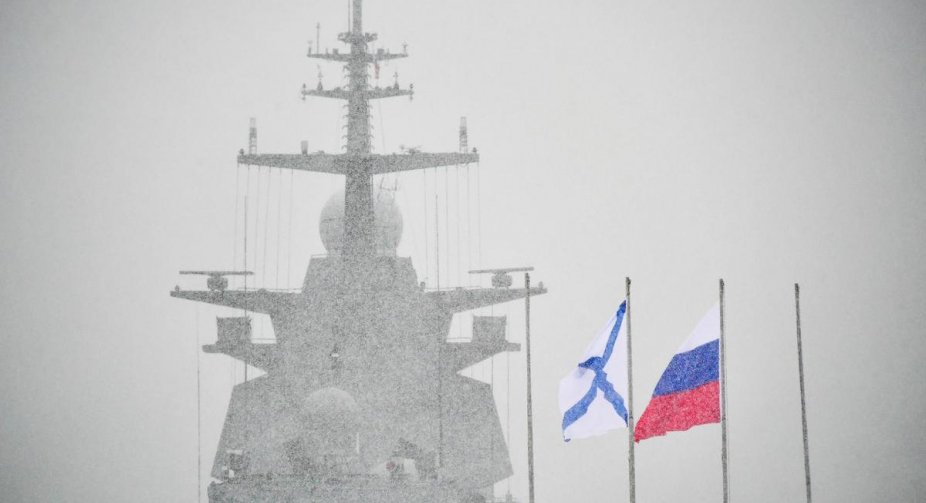At the NATO summit in Vilnius in July 2023, the alliance's member states plan to approve secret military plans that, for the first time since the Cold War, detail how to respond to a potential Russian attack. Reuters writes about it.
The move is said to represent a fundamental change, as the alliance has seen no need to develop large-scale defense plans for decades as it fought smaller wars in Afghanistan and Iraq and believed that post-Soviet Russia was "no longer an existential threat". However, after Russia's full-scale invasion of Ukraine, NATO warns that it is necessary to have preliminary plans in case of a conflict with Moscow.
"The fundamental difference between crisis management and collective defense is this: our adversary, not us, sets the time frame. We must be prepared for a conflict to arise at any time," said one of NATO's top military officials. Admiral Rob Bauer.
In addition, the Alliance plans to provide countries with guidance on how to modernize their forces and logistics.
"The Allies will know exactly what forces and capabilities are needed, in particular, where, what and how to deploy them," NATO chief Jens Stoltenberg said of the secret documents, which, as in the days of the "Cold War", will designate certain troops to protect certain regions.
It formalizes a process initiated by Russia's occupation of Crimea in 2014, which prompted Western allies to deploy combat troops in the east for the first time. Reuters notes that while many functions resemble NATO's pre-1990 military structure, some key factors have changed for the alliance since Finland joined. This event doubled the Alliance's borders with Russia to approximately 2,500 km, forcing a more flexible approach to force deployment.
In addition, NATO is not preparing for a full-scale nuclear war against Moscow and its allies, most of whom are now NATO members, said Ian Hope, a historian at the Supreme Allied Commander Europe (SHAPE).
"We don't envision a Cold War type of war where allied forces ... would be hit simultaneously with large-scale Warsaw Pact attacks," he said, referring rather to regional conflicts that need to be contained quickly through the deployment of forces.
Experts note that modern technologies, in particular drones, hypersonic weapons and the rapid flow of information, create "new challenges". SHAPE Deputy Chief of Staff Lt. Gen. Hubert Cottereau said: "The good news is that we are talking about the transparency of the battlefield. With all the satellites, with all the information, we can see the crisis brewing. In Ukraine, we had all the indicators in advance."
Such transparency is one of the reasons why NATO, contrary to the Baltic demands, does not see an immediate need to increase the number of troops in the east, the lieutenant general continued.
"The more troops you build up on the border, it's like having a hammer. At some point you want to find a nail. If the Russians build up troops on the border, it will make us nervous, if we build up troops on the border, it will make them nervous." - warned Cottereau.
NATO officials have estimated that it will take several years to fully implement the plans. At the same time, they note that, if necessary, the alliance can immediately start a battle.
"We're ready to fight tonight. You know, you're never ready enough. Never. We've got to be able to fight tonight, if we have to, with what we've got," Cottereau concluded.






